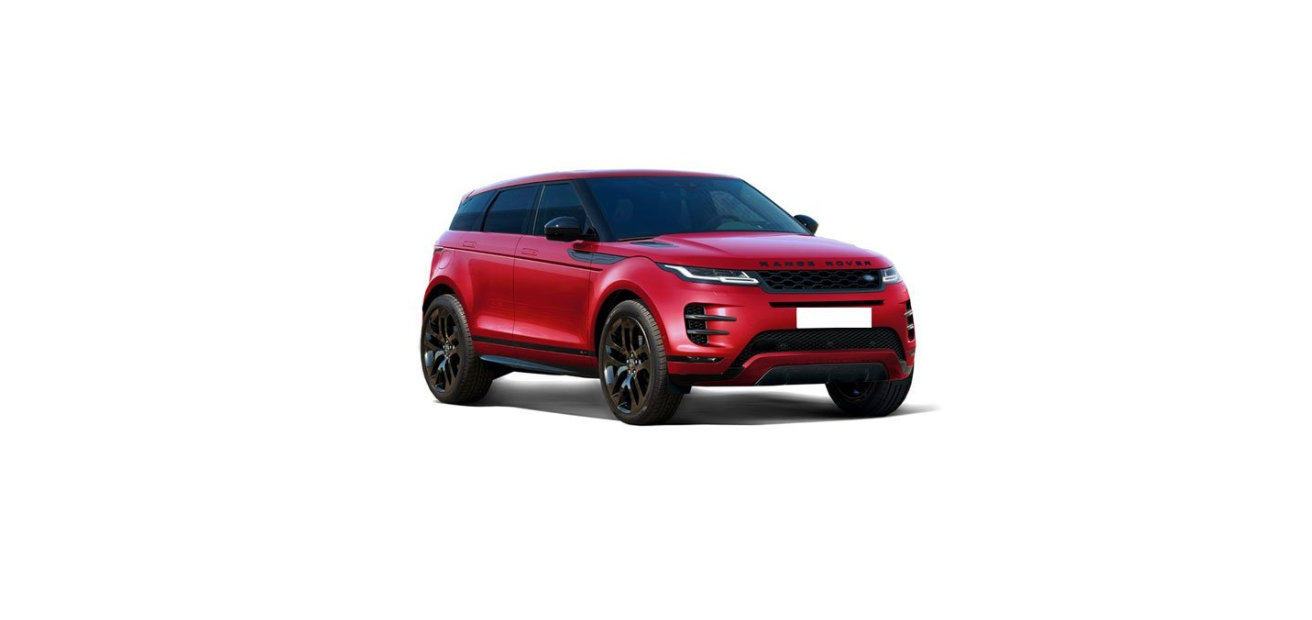2022 Land Rover New Range Rover Evoque Rear Seats

REAR SEAT SAFETY
Make sure to read and fully understand the relevant warnings before using the features in this section. Failure to observe warnings and cautions may result in vehicle damage, injury, or DEATH in the event of an accident.
Always make sure that objects carried in the vehicle are secured properly. Unsecured items can cause death or serious injury in the event of an impact or sudden maneuver.
Never allow passengers to travel in the loadspace under any circumstances. All vehicle occupants should be seated correctly and wear a seat belt at all times when the vehicle is in motion.
Make sure the locking mechanism is fully engaged when the seatback is raised. An unsecured seatback may not properly support an occupant during a collision or sudden stop.
Make sure the seat belts are correctly routed and not trapped behind the seats when raising the rear seatbacks. An incorrectly routed seat belt may not properly restrain an occupant during a collision or sudden stop.
Make sure the head restraints are raised to the correct position before the seats are used by a passenger. The head restraint must be positioned correctly to restrain rearward movement of the head in a collision.
Always take note of the safety warnings and labels attached to the rear seats. The labels give advice on safely folding and raising the rear seats.
Before folding a rear seat, make sure that the seat is not occupied. Make sure that no other occupant has any part of the body on the seat cushion. Make sure no one reaches into the area of the seat being folded. Pay particular attention when one seat is already folded. Reaching into this area creates a risk of entrapment and serious injury.
Beware of trapping fingers when raising and lowering the rear seatbacks.
Always make sure that objects carried in the vehicle are secured properly. In a collision or sudden stop, unsecured objects could be thrown inside the vehicle, striking and injuring occupants.
Never allow passengers to travel in the loadspace under any circumstances. In a collision, people riding in this area are more likely to be seriously injured or killed.
Take care when retrieving items that have fallen down the side, back, front, or underneath the seat. Sharp objects may be present in these areas, which could present a risk of injury. Always stop the vehicle before retrieving items.
Before folding the rear seats, make sure that all objects have been removed from the seat being folded.
FOLDING AND RAISING THE REAR SEATS
Make sure the relevant safety warnings have been read and understood before operating any features in this section. See REAR SEAT SAFETY.
When folding or raising a rear seat, the rear seatbacks can be folded or raised individually.
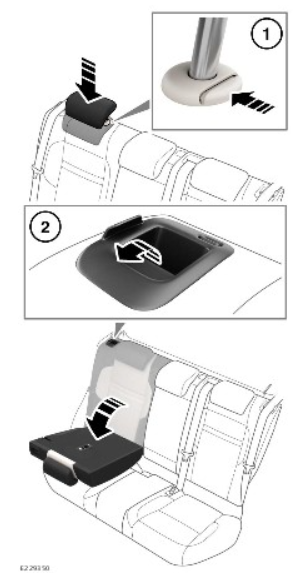
To fold a rear seatback:
- Fully lower the head restraint. See REAR HEAD RESTRAINTS.
- Pull the seatback release catch and manually lower the seatback.
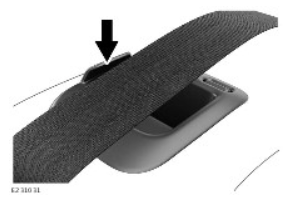
A latch hook is positioned beside the release catch to guide the seat belt away from the seat edge when lowering and raising the seatback.
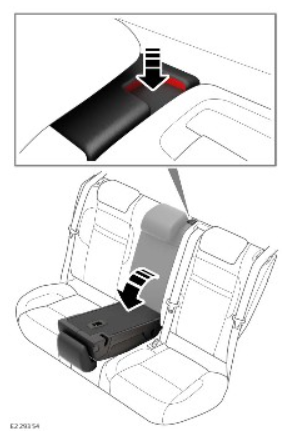
The center rear seatback can be released separately. To release the center rear seatback, press and hold the release button. Simultaneously fold the seatback forward.
To improve access to the rear loadspace, release the center rear seatbelt from its buckle before folding the seat back down. To release the center rear seat belt, press and hold the release button on the buckle. The center rear seat now fully retracts to the stowed position.
Make sure that the center rear seat belt is correctly refitted to the buckle when the rear seatback is returned to the raised position.Failure to do so could potentially result in injury, in the event of a sudden stop or collision.
To raise a rear seatback, manually lift the seatback until it locks firmly into the upright position.
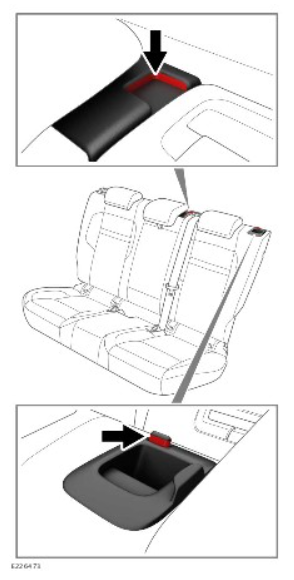
A red indicator is visible beside the release mechanism if either the rear or rear center seatback is not fully locked into place.
